
Symposium on the Physics of Information in Matter
Speakers
Arvind Murugan
Learning without neurons

Arvind Murugan obtained his BS in mathematics from Caltech, PhD in high energy physics from Princeton University. He joined the physics faculty at the University of Chicago after postdoctoral research at the Institute for Advanced Study (Princeton) and Harvard University. The major thrust of his research is how physical and biological systems can learn from their environmental history and show neural network-like behavior. His current work focuses on learning in molecular self-assembly and mechanical systems and on the biological side, the evolution of molecular error correction and evolution in changing environments. He is currently a Simons Investigator in the Mathematical Modeling of Living Systems.
Patty Stabile
InP Photonic Integrated Neural Networks
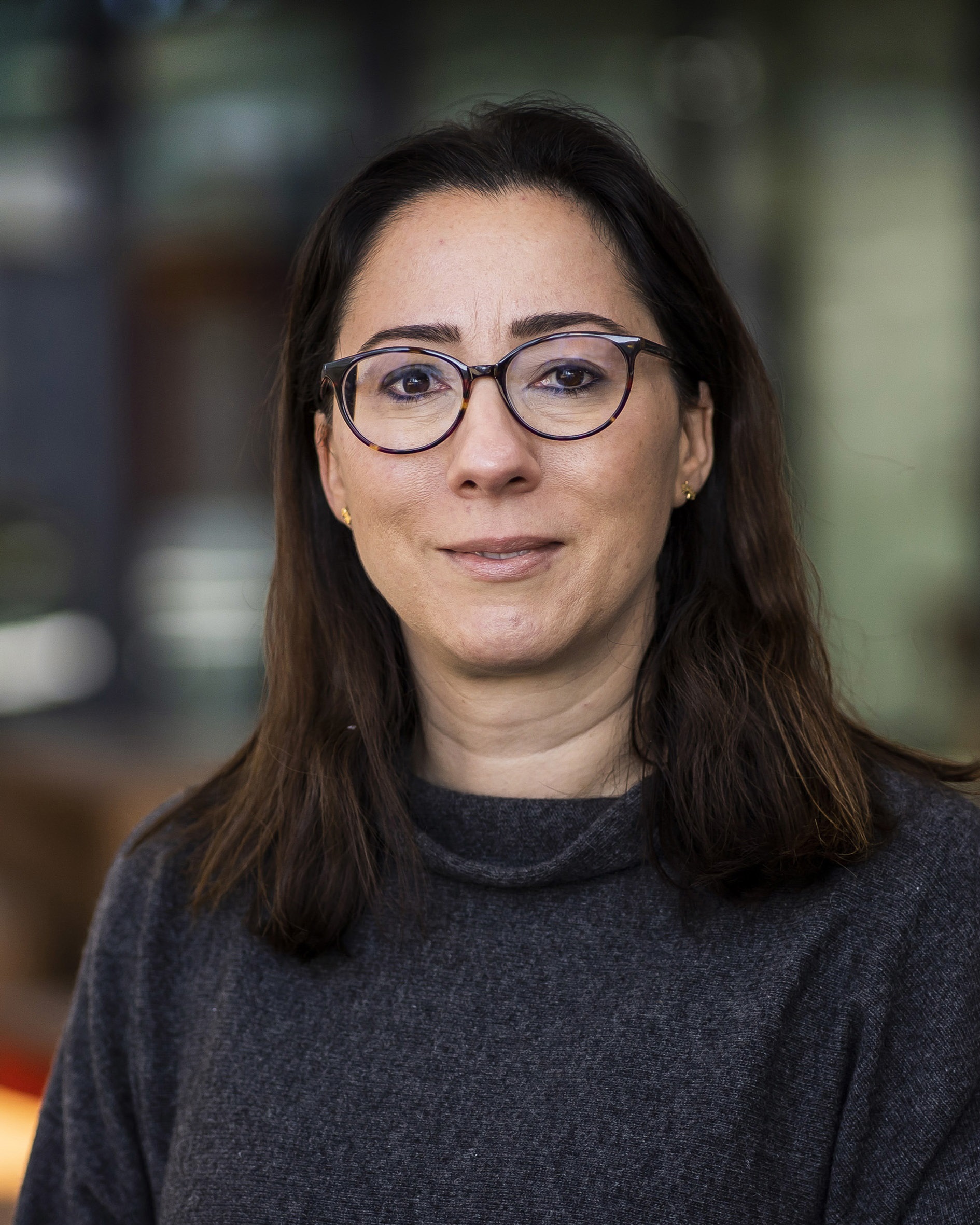
Patty Stabile is Associate Professor at TU/e within the Electro-Optical Communication system group. She moved to TU/e in 2009 for working on large-scale photonic integrated circuits, for which she was awarded the “Early Career Women in Photonics Special Recognition” from the European Optical Society. She is co-applicant within several European Projects (e.g. Passion, Twilight, …) and PI within large national (e.g. Gravitation program) and international (e.g. KDT) programs. She is author and co-author of more than 150 papers and chair of the IEEE Photonics Benelux Chapter. She has been visiting scientist at University of Cambridge in UK and at MIT.
Corentin Coulais

Reinventing the wheel
Controlling how waves propagate, attenuate and amplify in simple, scalable geometric structures is a daunting challenge for science and technology. In this talk, I will discuss how odd active matter—in which microscopic interactions are asymmetric and non-conservative—can be used to steer mechanical waves in unprecedented ways. Combining experiments active mechanical metamaterials with wave physics and continuum and topological mechanics, I will discuss the emergence of the non-Hermitian skin effect, of odd elasticity and of one-way solitons. I will further show how these odd waves can be used to induce locomotion and unusual responses to impacts and hence pave the way towards a novel generation of robots.
Corentin Coulais is Associate Professor at the University of Physics of the University of Amsterdam. Coulais’ Machine Materials group investigates designer soft materials, with a particular emphasis on how mechanical metamaterials can programmed to achieve advanced mechanical tasks. He has recently pioneered robotic materials, which combine the notions of emergence and symmetries inherent to condensed matter with the capabilities of robotics. This has led to early experimental observations of non-Hermitian wave phenomena such as unidirectional amplification (2019), non-Hermitian topology (2020) and odd elasticity (2021). Coulais has received the NWO VENI (2015), ERC Starting (2019), NWO VIDI (2022) and leads multiple collaborations with industry.
Hans Hilgenkamp
Routes for storing and processing information in matter, towards more energy-efficient information technologies

Various routes are being explored worldwide to process and store information in more energy-efficient ways, ideally circumventing the dissipative transfer of information as much as possible.
I will discuss several concepts that are currently being employed and will introduce research we do at the BRAINS Center in Twente on this topic, including dopant network processing units and Mott insulator-to-metal [2] based systems.
[1]: T. Chen, …, W.G. Van der Wiel, et al., Nature 577, 7790 (2020).
[2]: X. Gao, C.M.M. Rosário and H. Hilgenkamp, AIP Advances 12, 015218 (2022).
Hans Hilgenkamp completed his M.Sc. in Applied Physics (1991) and Ph.D (1995) at the University of Twente. He then worked at the IBM Zurich Research Lab and the University of Augsburg. In 2000 he returned to Twente, where he is a PI in the Nanoelectronic Materials cluster. In 2014 – 2018 he was dean of the Faculty of Science and Technology, after which he became co-director of the UT-BRAINS Center. He has co-founded the Global Young Academy, is member of the Board of Reviewing Editors of Science and of the Dutch Physics Council (DPC), vice-chair of the Netherlands’ Physical Society (NNV), and Fellow of the American Physical Society.
Marc Serra-Garcia
Nanomechanics as an emergent platform for information technologies
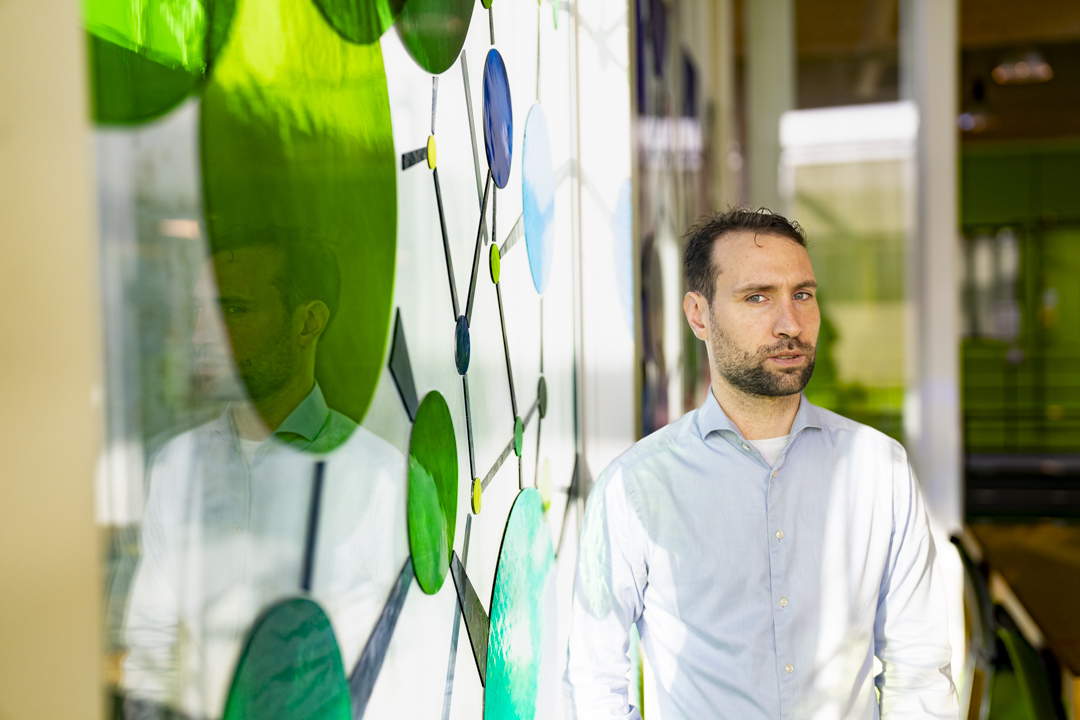
Marc Serra-Garcia is tenure-track group leader of the Hypersmart Matter group at AMOLF, working at the intersection between mechanics, information techologies and thermodynamics. His group combines theory and experiment to design novel information-processing devices, while at the same time asking fundamental questions such as ‘what is the minimum amount of energy necesary to perform a computation?’ and ‘How can intelligent behavior emerge from a large number of simple elements?‘. Before AMOLF, he was a PhD student and postdoc at ETH Zurich, and a master student at Caltech. His research has been recognised by an ERC starting grant, and resulted in a spin-off company at ETH.
Elisabetta Chicca
Spike-based local synaptic plasticity models and BEOL compatible memristive devices
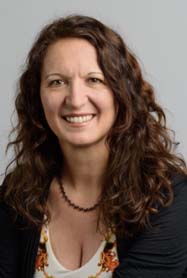
Elisabetta Chicca is a full professor at the Zernike Institute for Advanced Materials (ZIAM) and the Groningen Cognitive Systems and Material Center (CogniGron), University of Groningen, The Netherlands. She is Chair of Bio-Inspired Circuit and Systems (BICS) since 2020. Her current interests are in the development of CMOS models of cortical circuits for brain-inspired computation, learning in spiking CMOS neural networks and memristive systems, bio-inspired sensing (vision, olfaction, audition, touch) and motor control. She combines these research approaches with the aim of understanding neural computation by constructing behaving agents which can robustly operate in real-world environments.
Eliška Greplová
Multiverse of engineered quantum topology
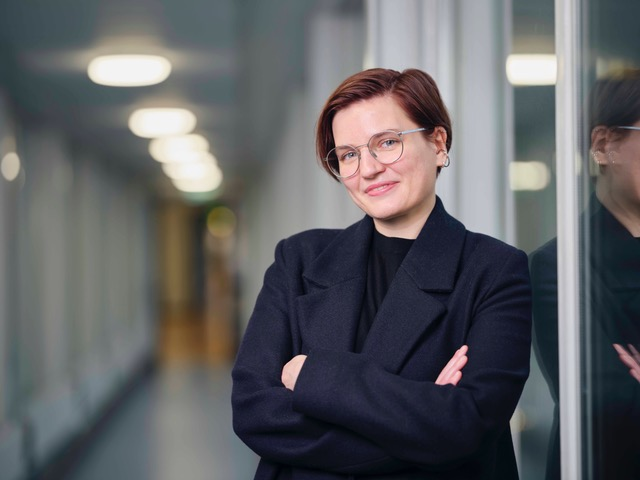
Eliška Greplová is an assistant professor at Kavli Institute of Nanoscience at TU Delft in the Netherlands, where she leads “Quantum Matter and AI” lab. Eliska is also a visiting researcher at Microsoft Research Amsterdam. Eliska completed her PhD at Aarhus University, Denmark, and postdoctoral fellowship at ETH Zurich, Switzerland.
Greg Stephens
From partial observations to long timescales through maximally predictive states
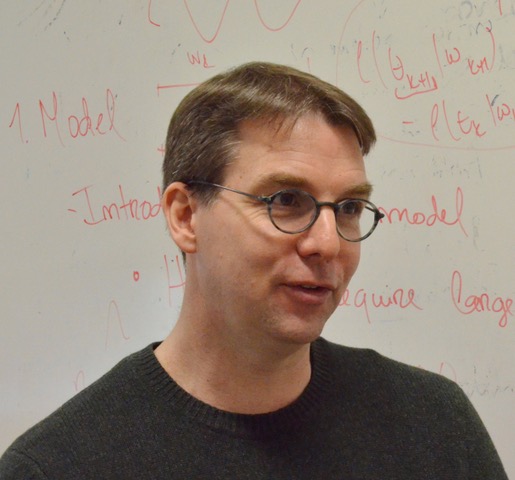
Greg Stephens has a background in theoretical physics and is an associate professor in the department of physics and astronomy at the VU Amsterdam and an adjunct professor at OIST Graduate University in Japan. Work in his group is helping to pioneer a new field – the physics of behavior: from individual organisms to entire societies. While the science of the living world is mostly focused on the microscopic, such as the expression of genes or the pattern of electrical activity in our brains, all of these processes serve the greater evolutionary goals of the organism: to find food, avoid predators and reproduce. This is the behavioral scale, and despite it’s importance, our quantitative understanding of behavior is much less advanced. But how do we quantify the emergent dynamics of entire organisms? What principles characterize living movement? The Stephens group addresses these questions with a modern biophysics approach combining ideas from statistical physics, information theory and dynamical systems with model systems ranging from the nematode C. elegans to zebrafish and honeybee collectives.